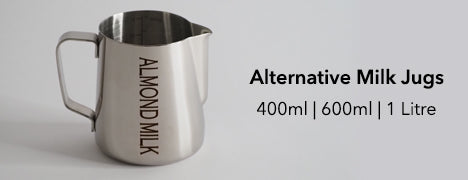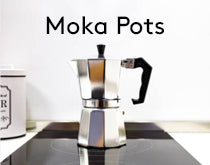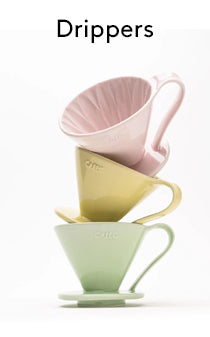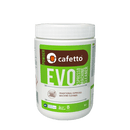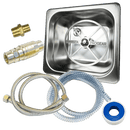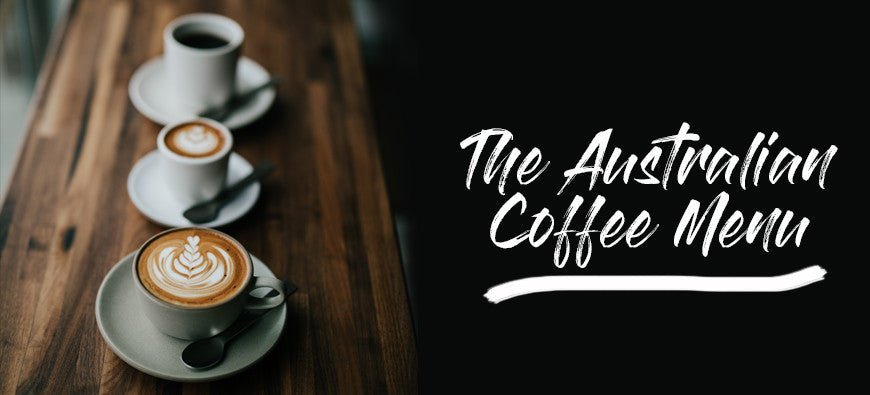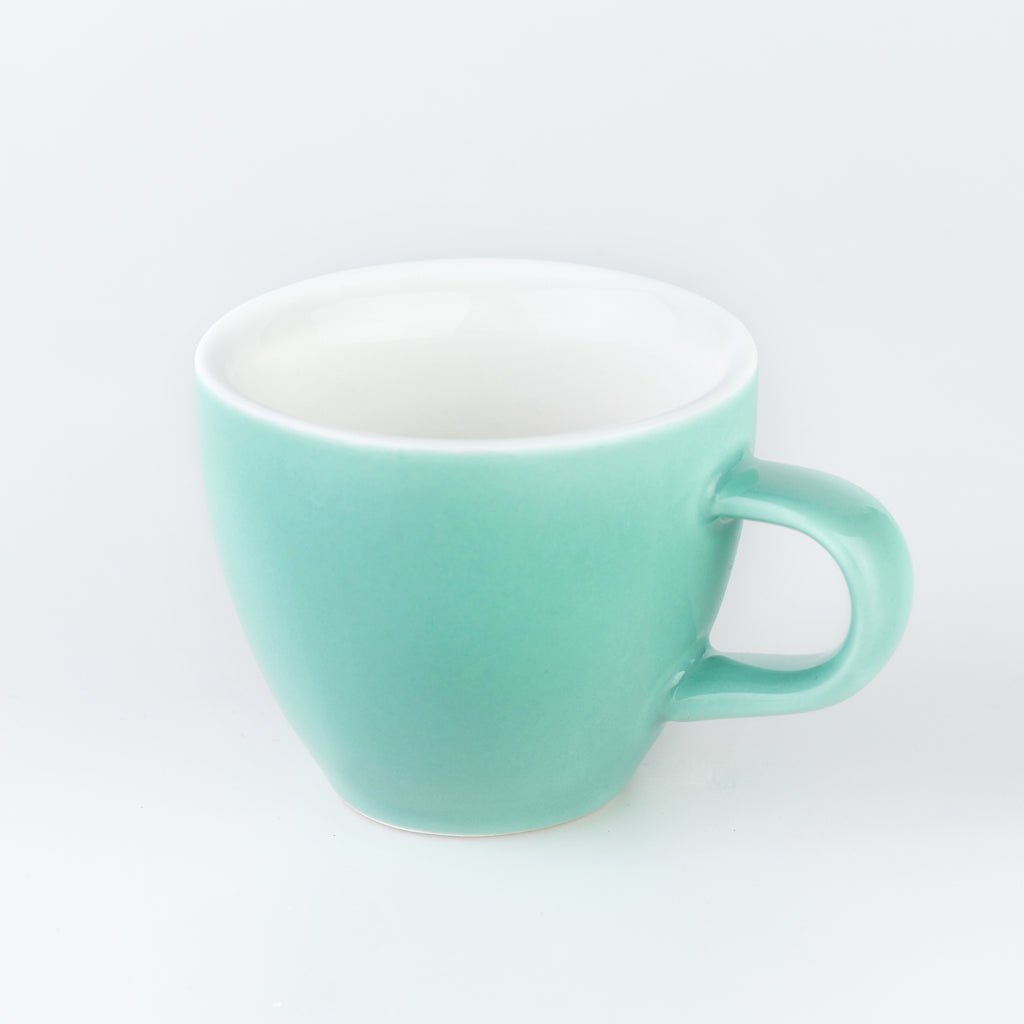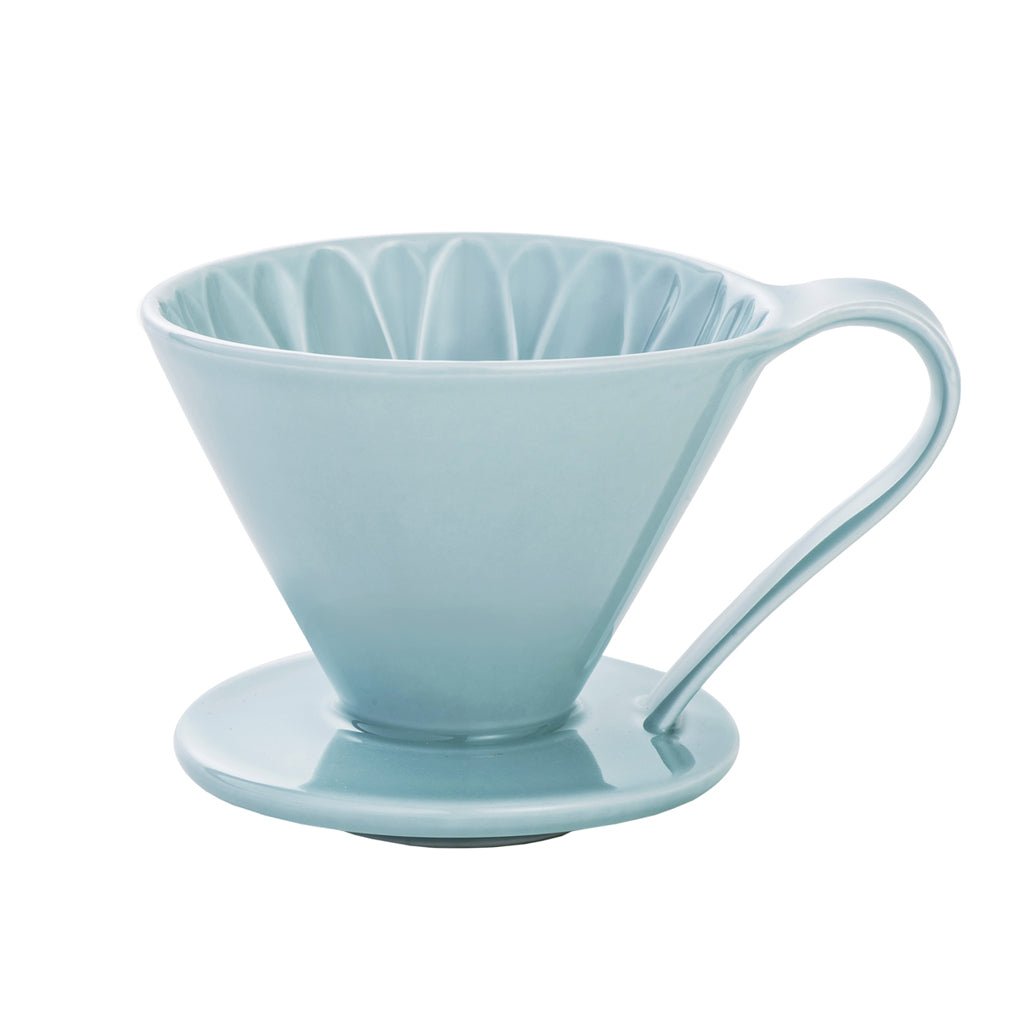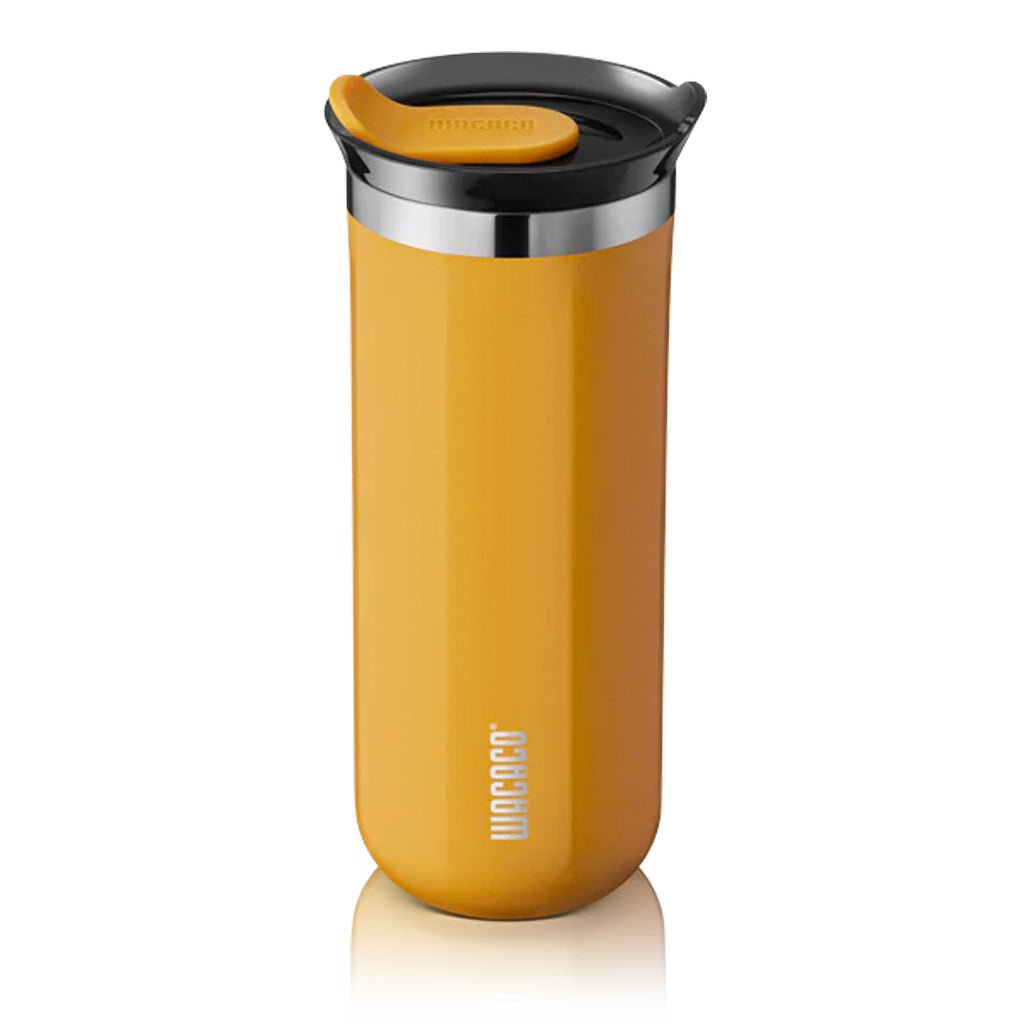Just like how chefs are supposed to know the flavour of every ingredient, baristas are assumed to know every detail related to coffee. To help get everyone on the same page, we’ve compiled a list of answers to the most common coffee questions asked.
What’s the difference between Latte and a Flat White?
The age-old question. While undistinguishable at first, the main difference between a latte and a flat white is in the foamed milk on top of the coffee. While a normal latte is added with a foamed milk, a Flat While is topped with a ‘flat’ steamed milk referred to as a ‘microfoam’. Having a more velvety and smooth texture, it provides a different experience than a regular latte.What are the main types of coffee beans?
The two main types of beans are Arabica and Robusta beans. The difference between the two beans lies in the difference in taste and location where they are grown. Arabica is grown in Central and South America and places with higher latitude and climate. Aside from a milder and well-balanced flavour, this bean makes up 70% of the worlds production of coffee. On the other hand, Robusta beans are grown in harsher climates such as Central and Western Africa the bean provides a stronger flavour. Consisting of nearly twice the amount of caffeine, the beans is the main ingredient for most instant coffee.
What is Fair Trade Coffee?
Fair trade coffee is a common term within the world of industrial coffee. It is a certification which helps guarantee that the supply chain involved with the coffee is ethically sourced for both the environment and the suppliers. One of the main concerns that has arose within the coffee industry is the societal and environment impacts that the product has caused. This certification helps combat these issues through the mission that is promises. Some of these promises include:- Fair prices for suppliers
- Sustainable methods of growing the coffee
- Fair labour conditions
- Direct trade with international buyers that helps farms avoid unnecessary middleman
What’s the best Espresso Brew Ratio?
The basic concept behind brewing espresso is that the amount of water passing through the coffee will determine the intensity of the flavour. The scale that baristas used to measure this is called the brew ratio. Brew ratio can be understood as the ratio between the amount of coffee used and the how much coffee is made as a result. A shorter amount of water during brewing will yield a more intense flavour and a longer brew will give a less intense flavour. Based on several resources, The ideal brew ratio for an espresso is 1:2.This means that for 20g dose, the espresso yield out must be around 40g. This ratio has been a golden standard because it provides the bests balance of flavour and texture.What’s the best alternative milk for coffee?
The type and quality of milk provides a different layer in enjoying a cup of coffee. Impacting the flavour, texture, and overall, the quality of the cup, finding the right kind of milk is a worthwhile challenge. While full cream milk is the staple for serving coffee, introduction of alternative milks provides both consumers and baristas more option to experiment with their coffee. While a full list of all the alternatives milks can be found here, we would like to provide several pick on our favourite plant based milks.- Soy Milk: Soy milk is the best option for plant-based milk because of its flavour, nutritional content, and its ability to recreate a thick texture. While having a distinct aftertaste, this milk is able to provide a thick and sweet texture almost similar to that of a animal-based milk. Aside from flavour, the soy milk is also known for its high protein content which makes it very healthy for consumption.
- Almond Milk: The second-best option for alternative milks would be almond milk. Famous for being nutritious and low in calories, almond milk arguable provides better nutritional value than soy milk. This comes at the cost of a lighter texture and a distinct nutty aftertaste in the coffee.

